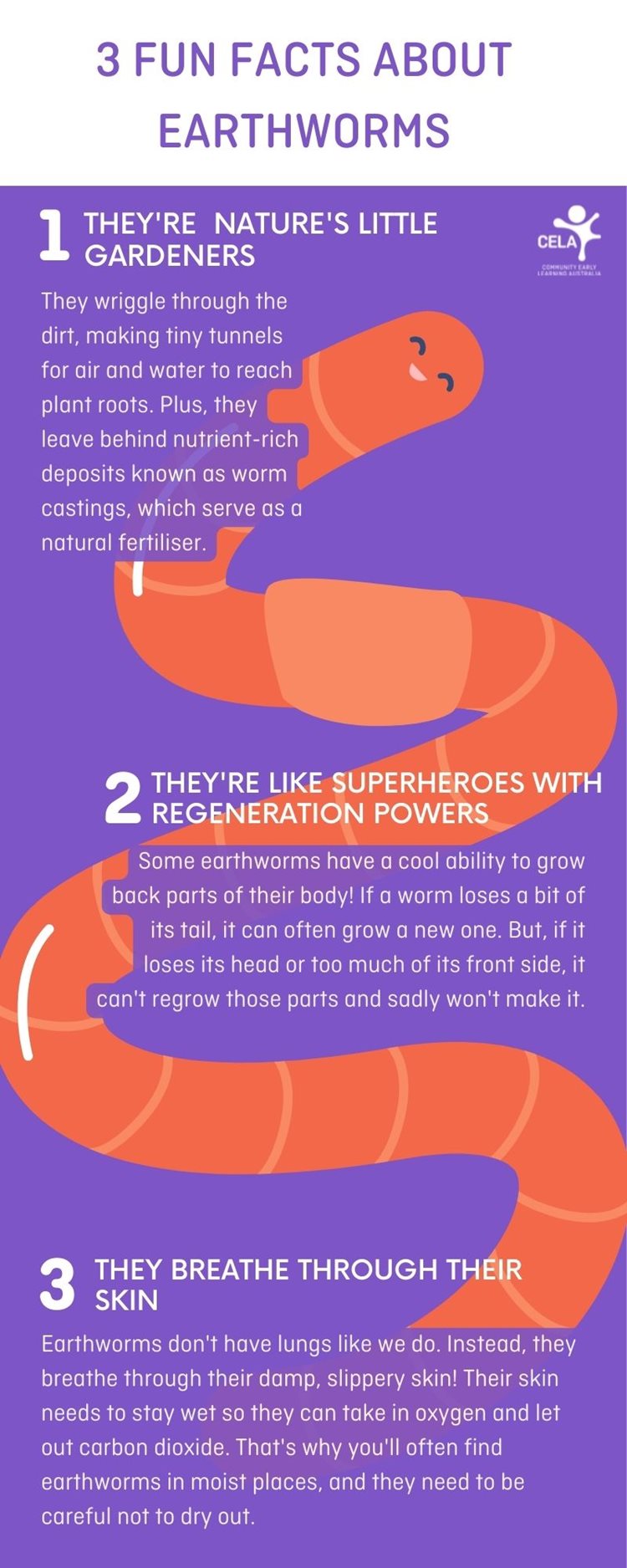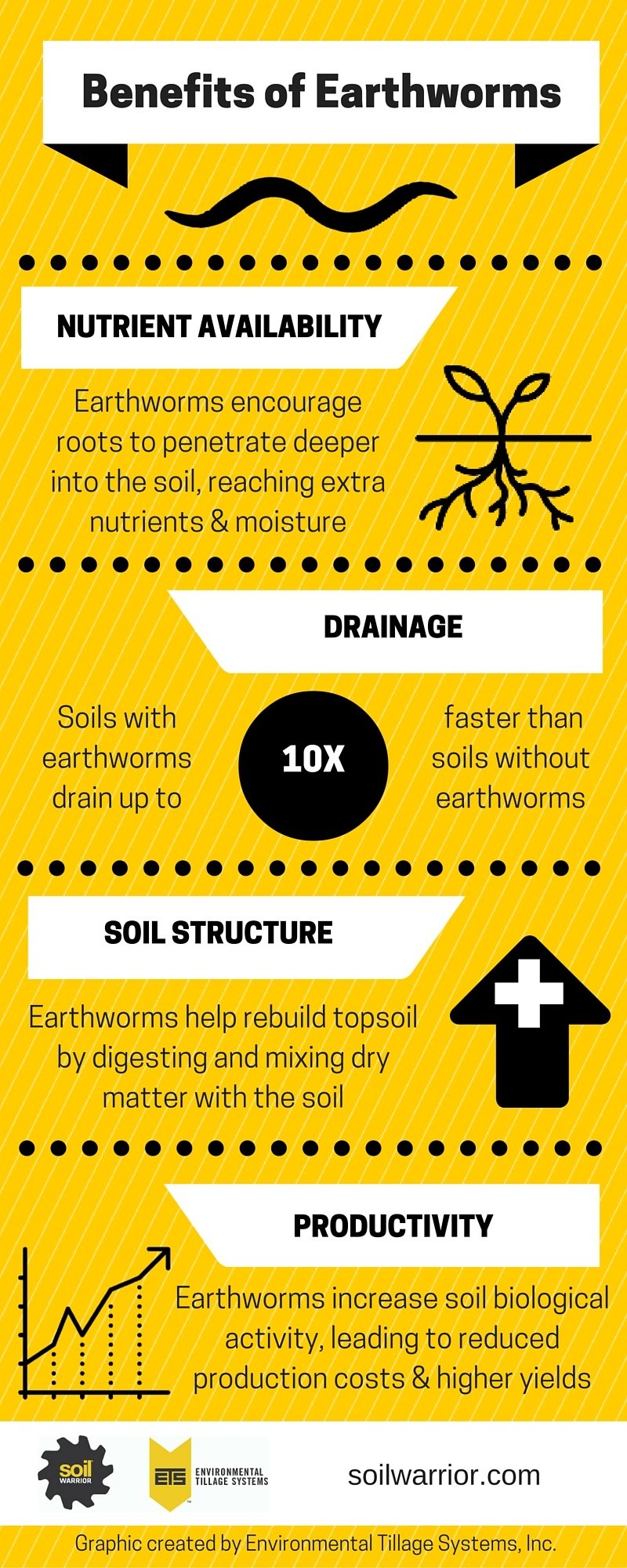All about North Carolina Worms
Table of ContentsNot known Factual Statements About North Carolina Worms The smart Trick of North Carolina Worms That Nobody is Talking AboutThe Single Strategy To Use For North Carolina Worms7 Easy Facts About North Carolina Worms Explained
Example: 1-gallon of worm spreadings to 4 gallons of potting mix. Do NOT utilize a potting mix that has chemical fertilizers in it. Check out the labelit will certainly say. 1/2 mug in the bottom of the growing hole for smaller plants. 1 mug for larger plants. ie. tomatoes, green peppers, summer season squash, and the like.
The addition of tea can additionally add increased microbial biomass to your dirt. You can always side-dress your plants with worm spreadings any time. Simply bear in mind, the microbes will die if revealed to UV rays (Sunlight), so make certain to cover the spreadings with an inch or two of soil.
This frustrated them for years till the screening methods came to be much better. They discovered that plant development and health and wellness exhibited a Normal curve. It would certainly improve(with more spreadings), level off, and after that decrease. They were perplexed. They finally uncovered that excess plant-growth hormones were the wrongdoer. Too several worm castings would certainly accelerate the growth to a rate that the plant can not recuperate from.
The Only Guide to North Carolina Worms
I have clarified the merits of worm spreadings for regarding 2000 words. Worm castings are no different. It takes time to create quality worm spreadings.
Worm castings absolutely cost even more than chemical plant foods. Worm spreadings are on the less expensive end of natural plant foods. (50 gallons per year) It is a much harder and really costly investment to generate large amounts of worm spreadings.

Creating a healthy and balanced soil might be the greatest advantage of worm castings. We went over worm castings NPK and likewise the proper nutrient analysis that need to apply to worm spreadings.
Facts About North Carolina Worms Uncovered
We spoke concerning some of the negative aspects linked with worm spreadings. I covered a whole lot of product in this article.
The vertical burrows are generally open, although the worms cap the top with residue and excrement. The upright burrows are extremely crucial points of entrance for quick water infiltration into the dirt, particularly in no-till systems. Air-filled porosity is essential in aiding plant roots to prosper. Roots need oxygen for their growth, whereas they generate co2 that requires to leave the dirt.
Earthworms boost porosity by two mechanisms: (1) by producing permanent burrows, and (2) by improving dirt gathering. Aggregation is enhanced by the mixing of dirt and raw material in the earthworms' intestines. Lake James Bait. These highly secure accumulations are transferred by some earthworms in their burrows, and by others at the surface area of the dirt


In one more research, earthworms were approximated to consume 4 to 10 percent of the leading 6 inches of the dirt annually. Soil compaction decreases the porosity of the soil.
Things about North Carolina Worms
Normal earthworm populations can quickly eat 2 loads of dry issue per acre annually, partly digesting and blending it with dirt. The importance of earthworms to blend surface area residue with soil becomes extremely clear in soils that do not have any type of earthworms. A lot of our Pennsylvania soils contend least some earthworms, and the impact of their full absence, consequently, can not be noted.
(https://businesslistingplus.com/profile/northcarolinaworms/)In these soils, the formation of topsoil with affordable raw material content did not occur, causing poor crop growth. As soon as the reason was developed, the government of the Netherlands began a project to introduce earthworms. After the intro of the earthworms, a dark topsoil layer was developed, and crop development boosted significantly.
They live primarily from partially disintegrated organic matter that is already included in the dirt. They eat their way through the dirt, developing straight burrows that they fill up with their waste matter. These varieties ingest large quantities of dirt that they mix with absorbed plant residue in their guts. or anecic types reside in long-term vertical burrows that can be 5 or 6 feet deep.
Their burrows continue to be open, although they top the top with plant residue that they pull to the entrance. These species ingest substantial quantities of dirt that they combine with absorbed deposit in their intestines. Their waste matter is mostly transferred at the surface area of the soil. The nightcrawler Lumbricus terrestris is the most famous member of this team.